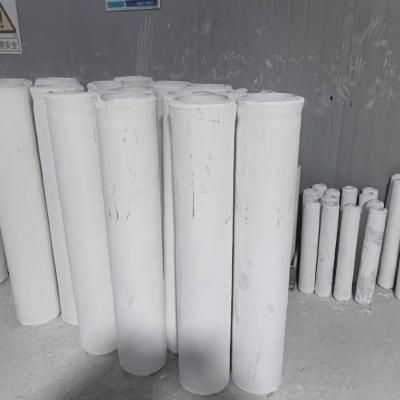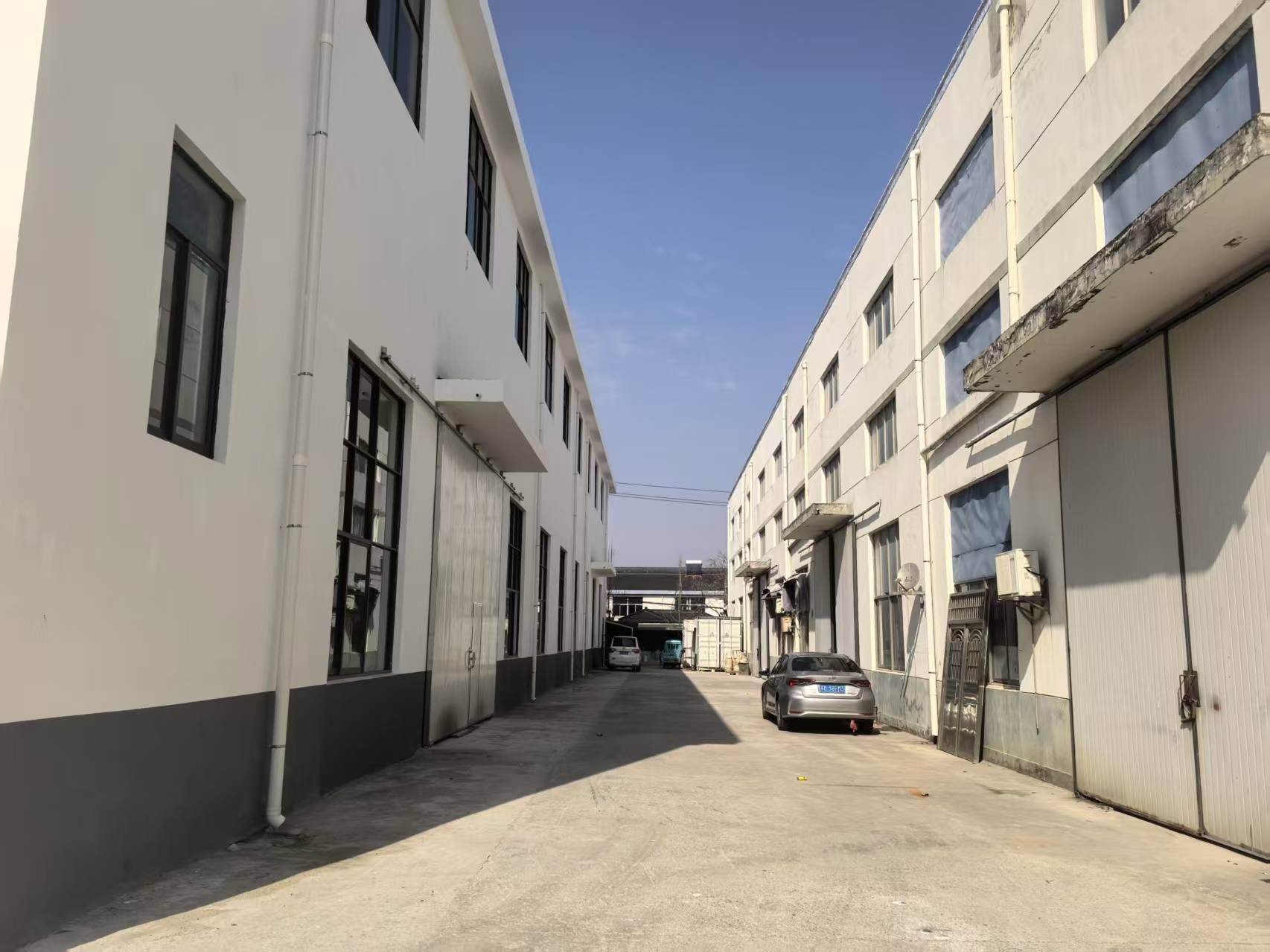
Specialized product possess exceptional physical qualities, driving them advantageous for a diverse selection of instances. Flowing from orbital and vehicles to gadgets, these ceramics are unceasingly progressing to satisfy the expectations of a leading-edge world.
- Their toughness and immunity to drastic settings make them essential for top-tier apparatus.
- What's more, technical ceramics provide advantages in terms of durability, facilitating the advancement of advanced apparatuses.
Engineering Ceramics: Designed for Premium Capability
Produced ceramics dominate in challenging applications due to their remarkable facets. Constructed from premium raw inputs and processed with rigorous processing methods, these leading compounds present innovative durability, corrosion resistance, and endurance to extreme thermal states, oxidation, and grinding. From astronautics ingredients to processing tools, industrial ceramics supply exceptional functionality across various markets. Their multifunctionality allows enduring rough settings, confirming durability and steadfastness. As advancement progresses, the appetite for quality components grows, cementing the crucial function of industrial ceramics in shaping a stronger outlook.
Cutting-Edge Ceramics: Pushing Fabric Frontiers
Substances, revealing remarkable toughness and durability, are undergoing a metamorphosis. High-tech ceramics, engineered with exact control over their configuration and minutiae, are pushing the constraints of the extent of attainable. These composites manifest a wide assortment of attributes, making them perfect for demanding realms such as astronautics, clinical field, and electricity. From low-weight parts that hold up under extreme heat levels to body-friendly implants that fuse fast with the human body, advanced ceramics are recasting our reality.
Careful Ceramic Crafting: Satisfying Specialized Standards
High-tech ceramic fabrication has matured dramatically in recent epochs, facilitating the production of intricate and highly workable ceramic items. These units are important across a diverse range of branches, including flight, biomedical, and technological domains. Meeting the high demands for these functions calls for accurate fabrication practices that guarantee dimensional correctness, surface refinement, and material properties. Cutting-edge ceramic fabrication processes incorporate numerical methods, including slip casting, injection molding, and additive manufacturing. These practices permit the assembly of complex designs and scrupulous elements with exceptional accuracy. What's more, advances in substance development have resulted in new ceramic recipes endowed with strengthened qualities. These composites show increased strength, durability, and tolerance to harsh climatic conditions, granting their use in demanding sectors.
The potential for precise ceramic fabrication are immense. As explorations and development proceed, we can reckon on even more cutting-edge techniques and forms that will besides increase the limits of what is within reach in this domain.
High-Strength Ceramic Elements for Rugged Realms
Functional ceramic compounds show extraordinary resilience and safeguards against rigorous conditions, making them optimal for demanding ploys in aerospace sectors. These advanced ceramics can tolerate intense temperature-related loads, resist corrosion, and maintain their structural integrity under demanding physical weights. Their exceptional crystalline properties allow consistent operation in inimical environments, including kilns, combustion engines, and nuclear reactors.
- Ceramic matrix composites
- Temperature endurance
- Reduced mass
Ceramic Alloys: Fusing Rigidity and Utility
Composite materials deliver a effective mix of mechanical strength and distinct specialized traits. Through the amalgamation of ceramic fragments within a framework, these compounds achieve extraordinary performance. This blend results in heightened resistance against high climatic environments, wearing, and chemical degradation, rendering them desirable for demanding tasks in astronautics, cars, and sustainable energy areas. Furthermore, ceramic composites are adapted to possess particular properties like electrical conductivity or biocompatibility, enhancing their applicability across diverse sections.
Nanostructural Governance in Advanced Ceramics
Gaining optimal attributes in leading ceramics frequently obligates precise regulation over their architecture. Countless fabrication conditions, including sintering firing temperature, stretch, and atmosphere, alongside the mixing of dopants or secondary phases, meaningfully affect the alignment of clusters, pore space, and other microstructural characteristics. Careful tailoring of these criteria allows for the amplification of strength, splitting resistance, and temperature conductivity. By way of illustration, elevating the sintering firing temperature can foster grain inflation, thus increasing crowding and improving mechanical sturdiness. Conversely, modifying the firing atmosphere may transform the oxidation level of the ceramic, thereby influencing its electrical charge transport or magnetic aspects. Knowing these relationships between microstructure and properties is indispensable for developing advanced ceramics with tailored characteristics suitable for varied functions.
Erosion-Resistant Ceramics: Boosting Toughness
Throughout demanding process markets, where components are submitted to to constant friction and breakdown, materials with impressive erosion resistance are paramountly required. Wear-resistant ceramics have come forth as a top remedy, granting unparalleled durability and operation in varied areas such as workshop, mining, and aerospace. These advanced ceramics possess a special grain layout that boosts their potential to oppose damage. By exploiting the fundamental resilience and compression of ceramic elements, engineers can formulate resilient units capable of bearing the most rigorous operating conditions.
Health-Safe Compounds: Functions in Clinical Practice
Non-toxic ceramics have remodeled the health discipline, conveying an array of valuable attributes for multiple purposes. These materials are non-reactive within the organism, minimizing immunological responses and fostering wound closure. A prime role for biocompatible ceramics is in prosthetic supports, where their strength sustains long-lasting security to damaged biological tissues.
Moreover, they are utilized in oral care, furnishing a durable and harmonious solution for oral reconstruction. Ceramics also play a key place in controlled release technologies, contributing to the localized application of drugs to specific regions within the body.
- What's more, biocompatible ceramics are continuously being explored for organ regeneration, serving as a platform for wound healing.
- Accordingly, the future of biocompatible ceramics in medical science looks hopeful, with continual explorations expanding their potential.
Ceramic Sensing Technologies: Enabling Precise Assessments
Smart ceramic detectors have alumina rod manifested as key components across a broad array of fields. These instruments use the one-of-a-kind aspects of ceramic forms to deliver highly precise assessments. Their sturdiness in {demanding|harsh| 